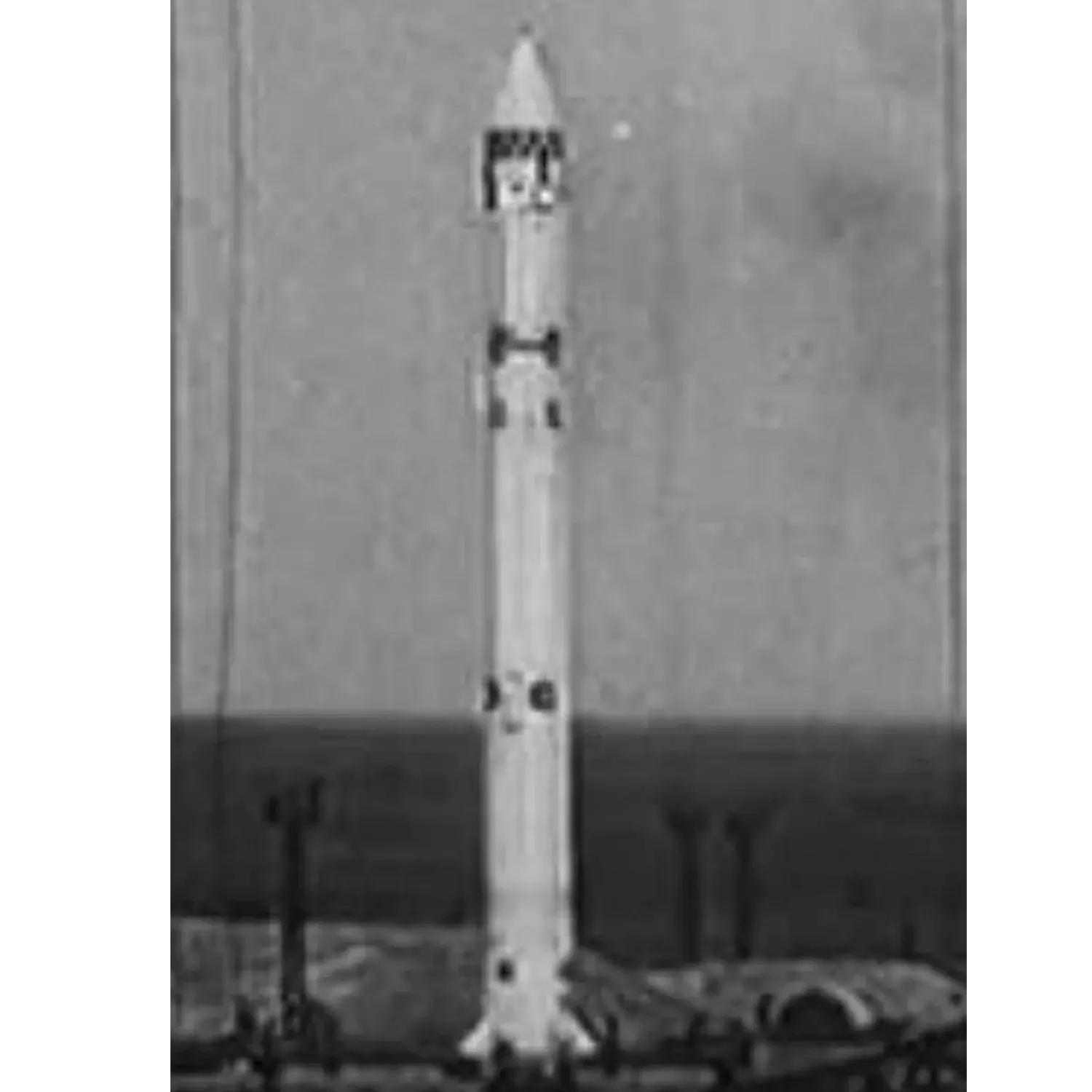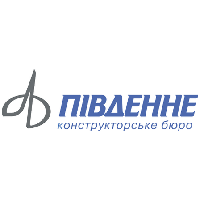Cosmos 196
Launch Success
Liftoff Time (GMT)
06:30:07
Tuesday December 19, 1967
Mission Details
Launch Notes
Last launch of Cosmos 1 (63S1).
Cosmos 196
DS satellites are a series of satellites made to be universal, and easily modifiable according to customer needs. After a first launch in 1962, almost two hundred satellites will be launched. Several generations of DS satellites will be developed, some used for scientific studies, while others will be used by the Red Army for radar calibration. After flying two demonstration series (DS-1 and DS-2), the DS satellites will have three universal versions (DS-U1, unstabilized and battery-powered, DS-U2, unstabilized and solar-powered, DS-U3, stabilized). Versions will also be produced to fly international experiments, leading to the Intercosmos program. This flight flew a DS-U1 G satellite. The DS-U1-G satellites were two Soviet satellites which were launched in 1966 and 1967 as part of the Dnepropetrovsk Sputnik programme. They were 291 kg spacecrafts, which were built by the Yuzhnoye Design Bureau, and were used to study the effects of solar activity on the upper atmosphere. Cosmos 108 was the first of two DS-U1-G satellites to be launched. It was operated in an orbit with a perigee of 190 km, an apogee of 344 km, 48.8 degrees of inclination, and an orbital period of 89.8 minutes. It completed operations on 26 February 1966. On 21 November 1966, it decayed from orbit and reentered the atmosphere. These missions provided valuable information on correlation between solar activity and condition of the atmosphere. A model for the middle-atmosphere was established.
Low Earth Orbit
1 Payload
291 kilograms
Rocket


Manufacturer
OKB-586Rocket
Height: 29.59m
Payload to Orbit
LEO: 350 kg
GTO: 0 kg
Liftoff Thrust
636 Kilonewtons
Fairing
Diameter: 1.65m
Height: 2.99m
Stages
2
Launch Site
Stats
Cosmos-1
38th
Mission
1st
Mission of 1967
OKB-586
291st
Mission
72nd
Mission of 1967
1967
137th
Orbital launch attempt